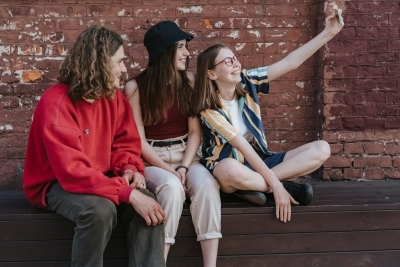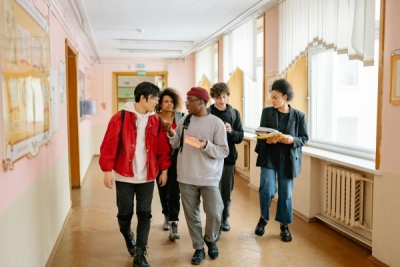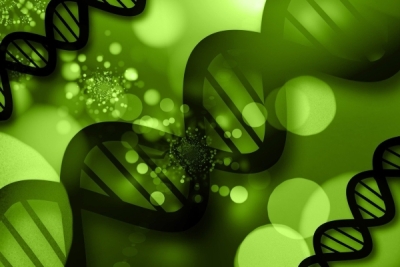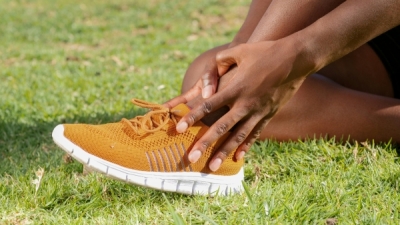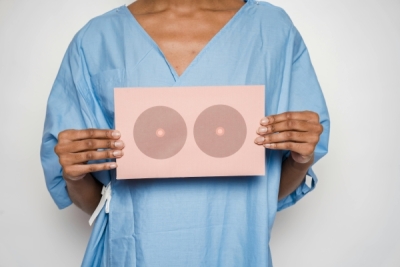Alcohol consumption was evaluated in all editions of the National Students Health Survey (PeNSE), carried out in 2009, 2015, 2019 and 2021. The analysis addresses several indicators of consumption among young people, such as experimentation or beginning of exposure to alcohol, early initiation (if it occurred before 14 years of age), recent consumption (in the 30 days prior to the survey), binge drinking (intake of more than four doses, on the same occasion, for women and five for men) and “drunken episodes”, used as another indicator of alcohol abuse.
Regarding alcohol experimentation, PeNSE started its research in 2009, by means of a question where experimentation was not accompanied by any parameter or definition about it: “Have you ever tried alcohol?”. In 2012, the question was reformulated, specifying experimentation as the ingestion of at least one drink of alcoholic beverage and exemplifying measurements of different types of alcoholic beverages. This represents an improvement in the matter, as it helps to specify a dose that can intoxicate or provoke some perception of the effects of alcohol in the body.
In 2019, new textual reformulations were made for questions related to alcohol consumption. For this reason, although these changes were made to better capture the information on the indicator, comparisons between the different editions of PeNSE should be made with greater care, given the methodological variability.
Experimentation, measured through the ingestion of a drink of alcoholic beverage “once in a lifetime” showed stability between 2012 and 2015 for 9th grade students, with higher rates among girls (55.0% in 2012 and 54.5% in 2015) compared to boys (50.4% and 50.8%, respectively). In 2019, there was a statistically significant increase for both sexes, with a greater disparity between girls (67.4%) compared to boys (58.8%), which goes from a difference of less than 4 points percentages in 2015 to a disparity of more than 8 percentage points in 2019, indicating a worrying trend. The odds ratio (OR) of the alcohol experimentation parameter, for State Capital Cities, compared to São Paulo (the biggest city in the country), showed that Porto Alegre (1.65), Campo Grande (1.36 ) and Florianópolis (1.25) were the Capitals in which students have the highest chance of having tried alcohol. It can be observed that, in two of these capitals, Florianópolis and Campo Grande, there had been observed a trend towards an increase in abusive consumption also for the general population (as presented in the report “Alcohol and the Health of Brazilians: Panorama 2022”).
Current drinking (indicating consumption of at least one glass or drink of alcoholic beverage in the 30 days prior to the survey) remained stable in the period for girls and decreasing for boys, with girls surpassing boys since 2012, and with a tendency to widen this difference, as observed in the “experimentation” criterion.
Finally, the IBGE's experimental investigations regarding binge drinking indicated an increasing trend throughout the research editions. For boys, it went from 19% in 2009 to 26.2% in 2019 and for girls, it went from 20.6% to 25.5% in the same period. The difference between boys and girls, which was relatively significant in 2012 and 2015, practically disappears in 2019, as shown in the chart below, extracted from the report, available for free download on the IBGE website.


